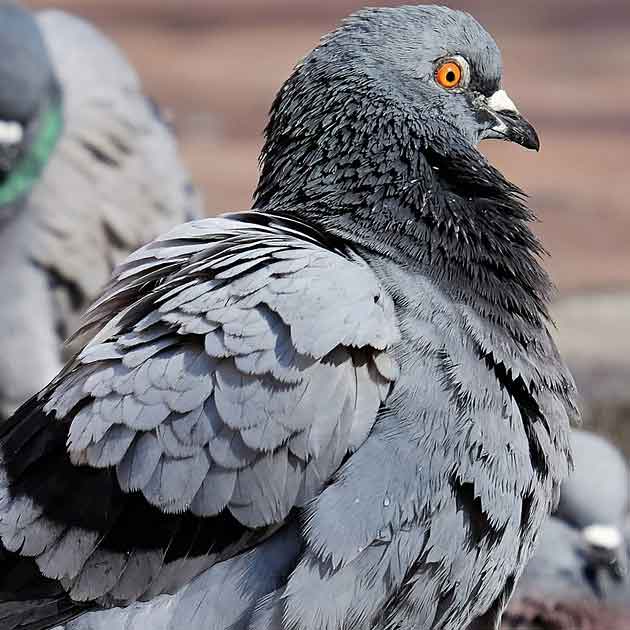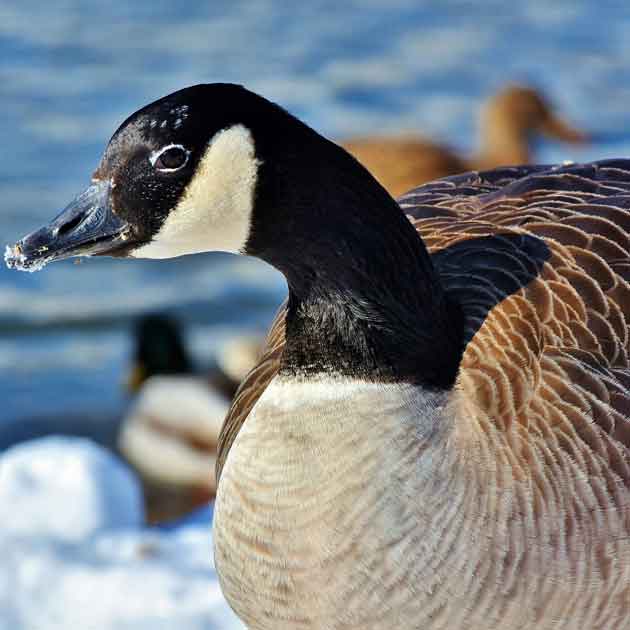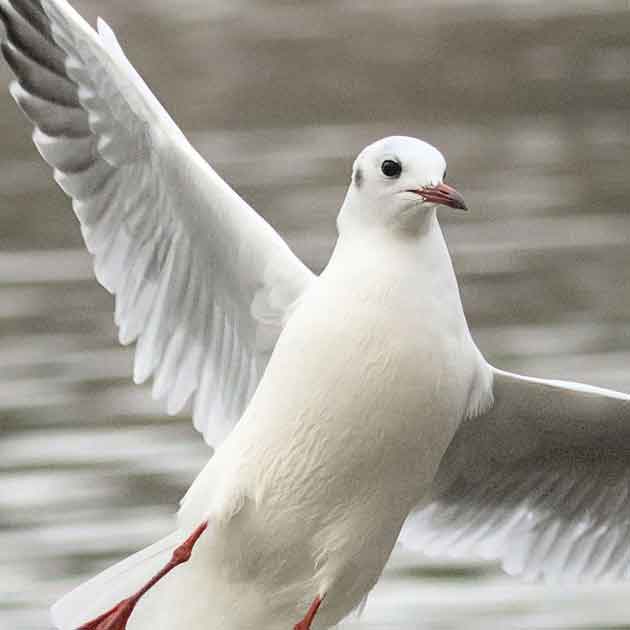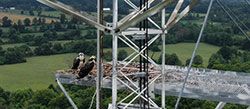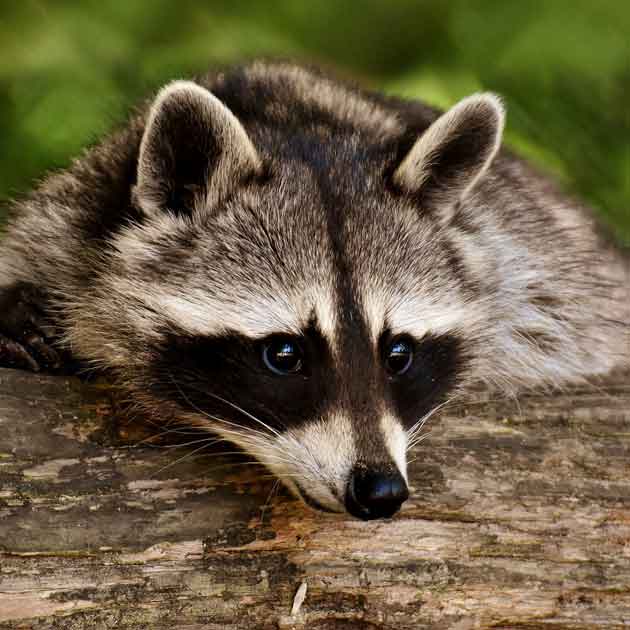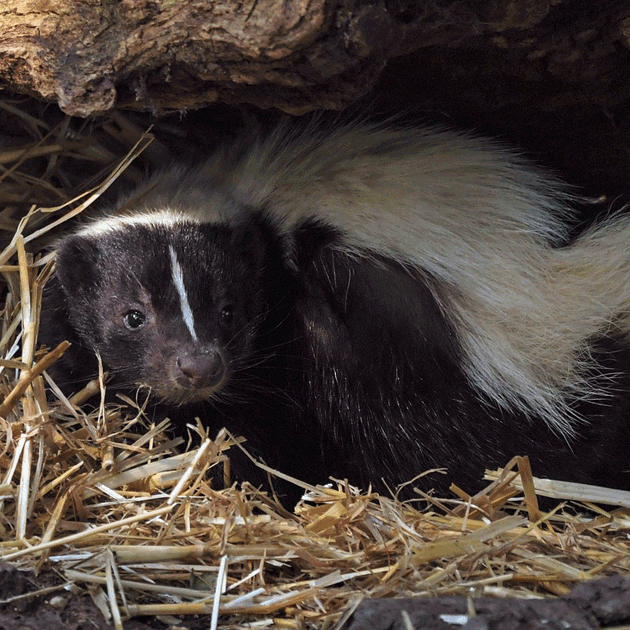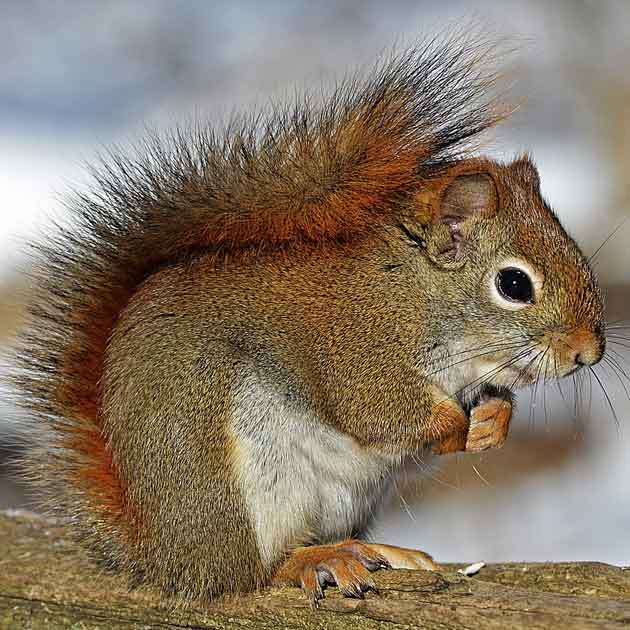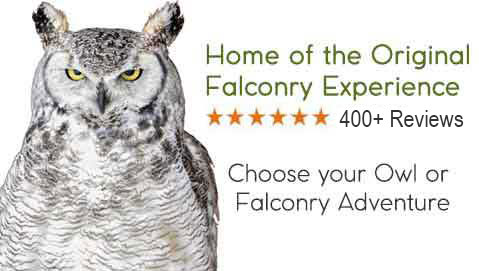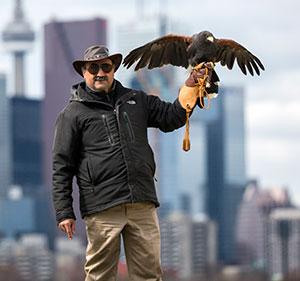While Canada geese are usually considered more of a nuisance, around airports a flock of geese can have catastrophic consequences. The one place you never want to encounter birds is around an aircraft. Bird Control around airports poses specific challenges and requires expertise beyond the norm.
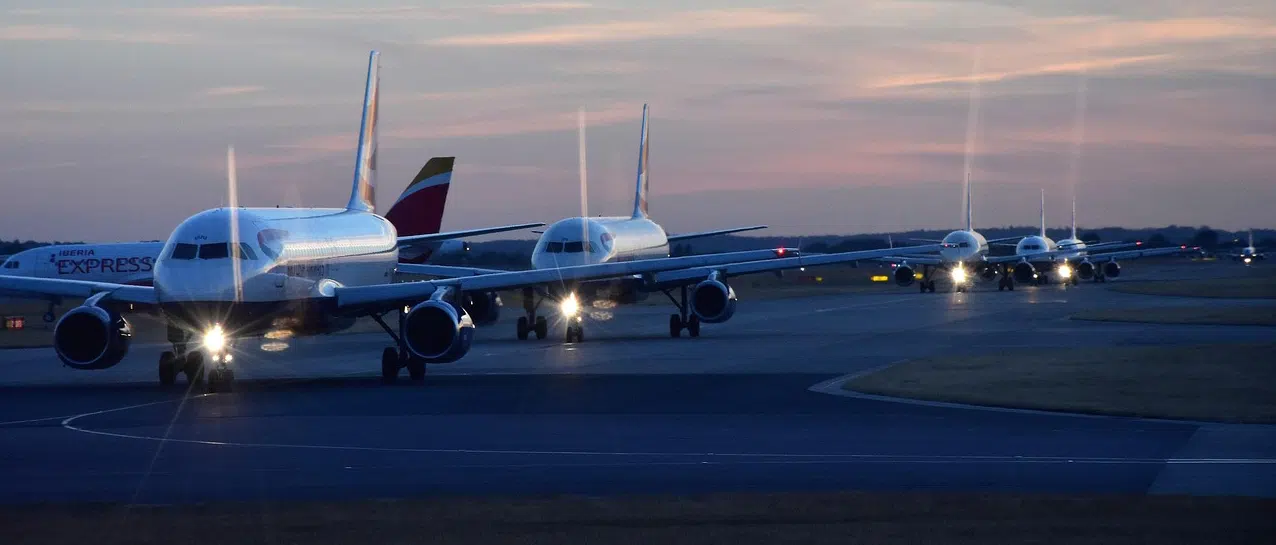
According to Transport Canada, the majority of bird strike incidents occur within the airport environment during the takeoff, climb, final approach, and landing phases of flight. Collisions with birds are a severe threat to the safety of the aviation industry. Human lives may be lost due to collisions and there is a constant threat of a major crash as a result of bird strikes. In addition, bird strikes cost airline companies as well as the military millions of dollars each year.
Canada Geese are a particularly large threat around GTA airports because of their size (no pun intended). A collision with such a large bird causes severe engine damage, broken windshields (or windscreens), and more.
Controlling and managing geese at airports is incredibly important to preserve human life and avoid damages and delays.
The Role of Nearby Structures in Attracting Geese to Airports
Green Spaces
Airports all over the world have plenty of grassy areas next to runways and taxiways. The grass is usually kept cut short - absolutely perfect for Canada geese.
Food Availability and The Landfill Connection
Besides the usual presence of human food leftovers on the ground or in unsecured trash cans, there is also the attraction of landfills which are often located near airports. Landfills attract geese and other pest birds as well as other wildlife.
Water Sources
Ontario's proximity to Lake Ontario as well as countless rivers, creeks and man-made bodies of water, are a haven for birds and other wildlife. Billy Bishop Toronto City Airport is surrounded by water and park space and a large number of resident geese. Hotels and golf courses around Pearson International Airport also attract a fair number of Canada geese.
Why Does This Matter to Airports?
Geese frequently travel between feeding and nesting areas, crossing flight paths and increasing the risk of bird strikes. Airport authorities should work with local businesses and municipalities to implement bird deterrent systems and strategies beyond airport property.
Why Geese Are Particularly Dangerous Near GTA Airports
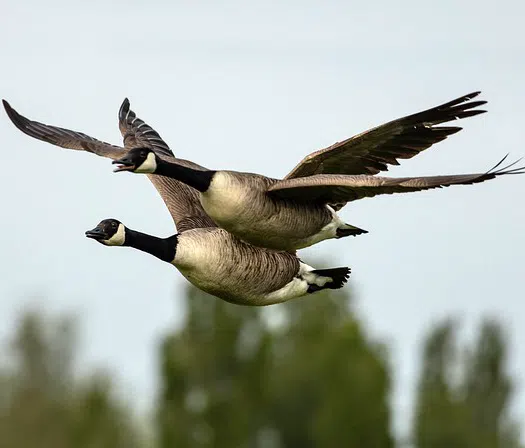 Size and Weight
Size and Weight
Canada Geese can have a wing span of almost 70inches and weigh up to 14lbs. A midair collision with even just one bird of this size often has dire consequences.- Number of Geese
Because Geese live and travel in flocks - often very large flocks - there is a high risk of bird strikes involving more than one bird. - Flight Paths and Altitude
Canada Geese generally fly low enough to intersect with departing or arriving aircraft. There is little recourse for airline pilots, short of a rejected take-off or go-around procedure on approach. - Attractive Habitats
As mentioned earlier, expansive grassy areas and proximity to water often attracts Canada Geese to Toronto's airports. - Seasonal Migration
Another layer of complexity is added during the fall and spring migration. Hundreds of Canada geese set out and travel together, increasing the likelihood of a mid-air disaster.
Effective Humane Geese Control Strategies for Airports
Because of airports being such busy and highly sensitive environments, all goose control solutions require precise planning and execution. Airport managers may forbid one or require another. Here are some of the geese removal techniques used around airports:
- Birds of Prey (Falconry)
Falconry using birds of prey (eagles) is highly effective as a goose control method in Toronto, both near airfields and in enclosed environments such as hangars. Making use of the natural predator/prey relationship, falconry offers a completely non-lethal and environmentally friendly solution to geese near airports. - Hazing with Dogs
Trained dogs chase geese without harming them. Especially in conjunction or as a follow-up method to falconry, dogs can have a great impact conveying an unstable and unsafe environment for geese. Having dogs regularly patrol the grounds is also a good idea. - Pyrotechnics
The use of pyrotechnics requires expert aim and timing; shots need to be fired during a 30-60 second window between take-offs and landings. Some airports actually require a bird control company to make available 10,000 rounds or more in their effort to displace geese. Pyrotechnics are discharged from 40mm or 12 gauge shot guns in front of geese, so they can see a projectile coming at them. To be clear, the shots are not fired at the birds directly, but at the ground in front of them. - Lasers
Operating a laser at an airport is a delicate undertaking. It requires a highly skilled laser operator who is familiar with necessary limitations around aviation, and the permission of airport authorities. - Remote Control Vehicles (ROVs)
Remote control boats are used in larger bodies of water where dogs are ineffective. - Habitat Modification
Most modifications will be made to ponds and other water features. Methods from pond netting or pond wiring to planting shrubs or erecting low fences are designed to deter or prohibit geese from landing on water and seeking refuge from predators. - Drones
Geese can also be chased with drones - this happens on water, not on land. Again, geese seek bodies of water to escape from danger. Making surrounding lakes or ponds not safe, will drive the birds away. - Nest Removal and Relocation
If any nests are spotted on airport property, they, of course, need to be removed immediately. If geese are still plaguing daily operations by mid June - July, geese can be rounded up during the time they are rendered flightless (molting) and relocated.
Wildlife Hazard Assessment
Hawkeye's Dan Frankian is a graduate of Embry-Riddle Aeronautical University and one of very few qualified to conduct Wildlife Hazard Assessments (Bird & Animal Control, Removal & Abatement) for Airports certified under FAA Title 14 part 139.
Essential Integrated Goose Control Approaches for Airports
Before any plans are made or work commences, there needs to be a comprehensive Environmental Impact Assessment and/or Airport Wildlife Hazard Assessment. Bird Control specialists such as Hawkeye, are trained and equipped to provide that.
- No One Method Alone will Succeed
It is important to understand that with any bird control efforts (but, with geese management around airports in particular), it takes a multi-prong approach. Many of the methods mentioned above require special skills and licenses and need to be carried out diligently and in quick succession. - There is No One-Time Solution
Goose control and/or removal at airports requires more than one application. A qualified, licensed, and experienced geese control specialist can help you design a long term geese management plan. - Flexibility is a Must
Geese management in a complex environment of a major aviation hub such as Toronto and the GTA requires ongoing monitoring, data collection, and adaptation of strategies based on observable goose behaviour and airport operations. - Collaboration and Cooperation
Toronto Pearson has implemented one of the most comprehensive and innovative wildlife management programs of its kind in Canada. Transport Canada, Canadian Wildlife Services, and Bird Control Specialists such as Hawkeye Bird & Animal Control work hand in hand to protect the safety of aircraft, passengers, and wildlife in the GTA.
The goal of geese management at airports is the protection of human life and equipment, uninterrupted operation, prevention of commercial losses, and the wellbeing of the birds. Particularly around airports, experience and skill of the bird control specialist are of utmost importance. Hawkeye Bird & Animal Control has the resources and experience to deal with geese at airports, small or large. Founder, Master Falconer, and Urban Marksman Dan Frankian has been a regular guest speaker at the North American Aviation Wildlife Management Conference (formerly Bird Strike Conference) and is well versed in all things geese and all things airports.
Contact Hawkeye today to get started on your long term geese management plan and to learn how we can airport goose removal services.


